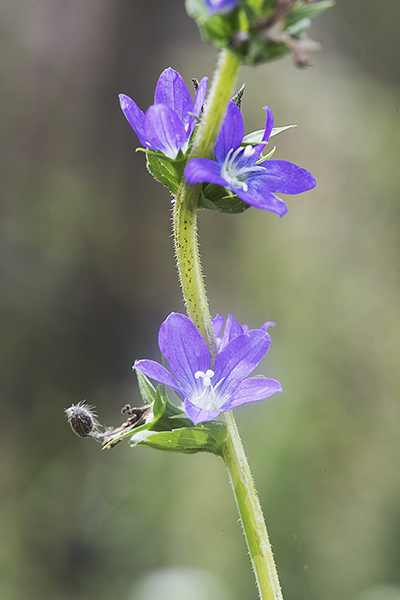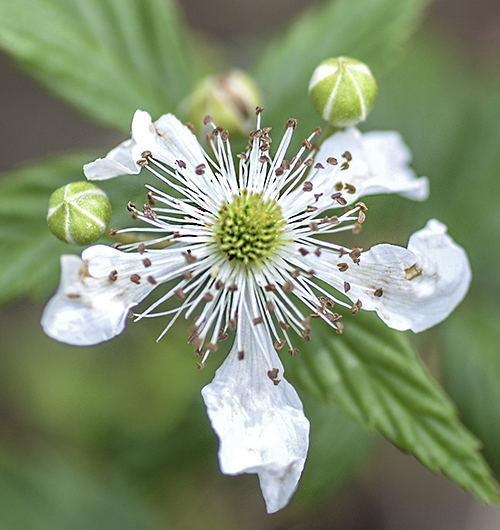Jack-in-the-Pulpit, Arisaema triphyllum

Submitted by Tom Palmer, Hernando Chapter . Edited by Valerie Anderson Jack-in-the-Pulpit, photo by Tom Palmer Jack-in-the-Pulpit ( Arisaema triphyllum ) emerges in floodplain forests in most of Florida at the beginning of spring. The plant’s Latin name refers to its three prominent leaves that spread above the spathe that is the “pulpit” from which the common name (also known as Parson-in-the-Pulpit) derives. Purple splotched spathe. Photo by Tom Palmer The spathe ranges from green to purple. The plant also includes a cluster of red berries that ripen later in the year. This plant is widespread, growing all over the Eastern United States and as far north as Nova Scotia. However the plant is not uniformly distributed and sometimes may be absent or infrequent in suitable habitat. Arisaema triphyllum was once divided into two species ( A. triphyllum and A. acuminatum ) based on morphological differences described by Small and others. It was originally desc





